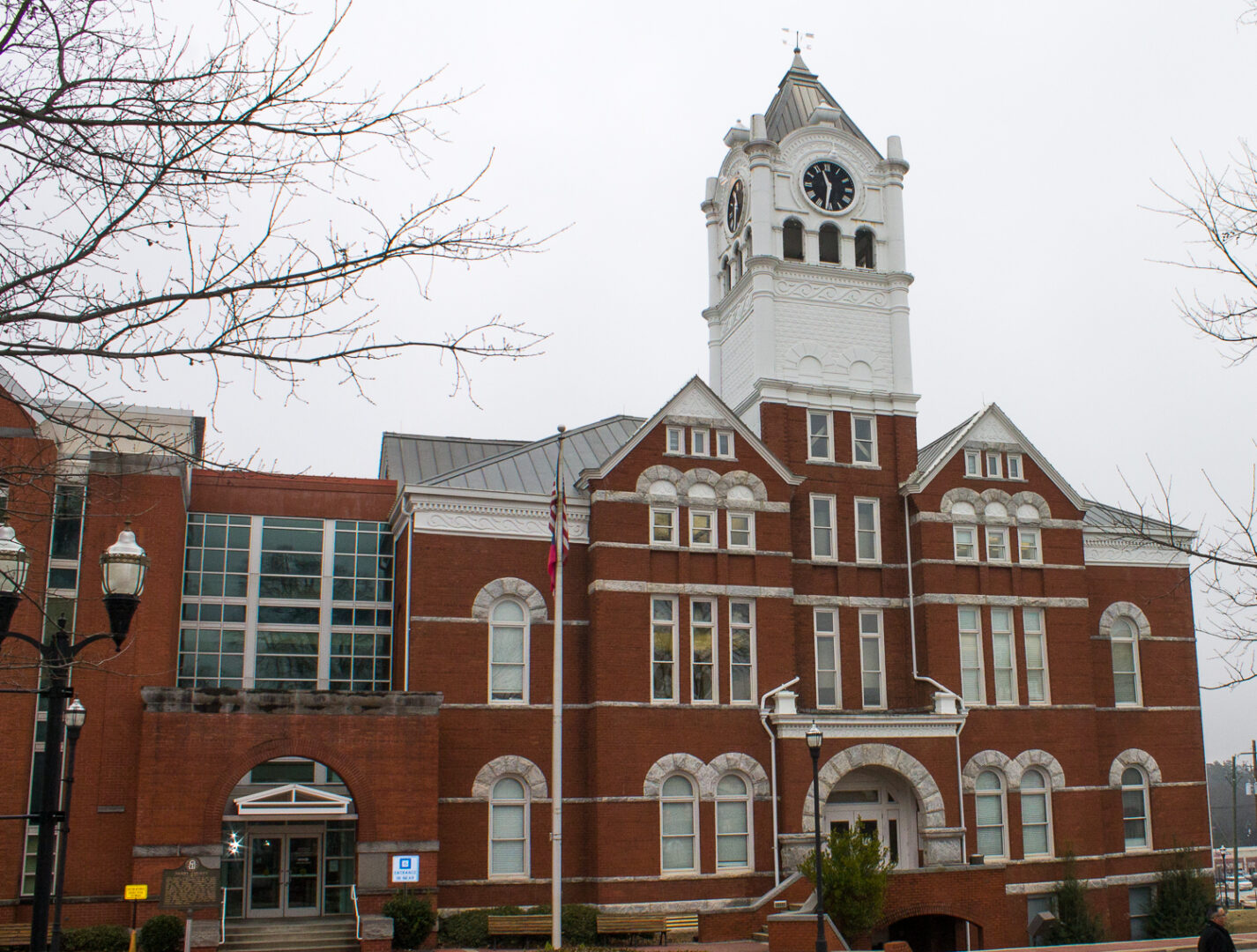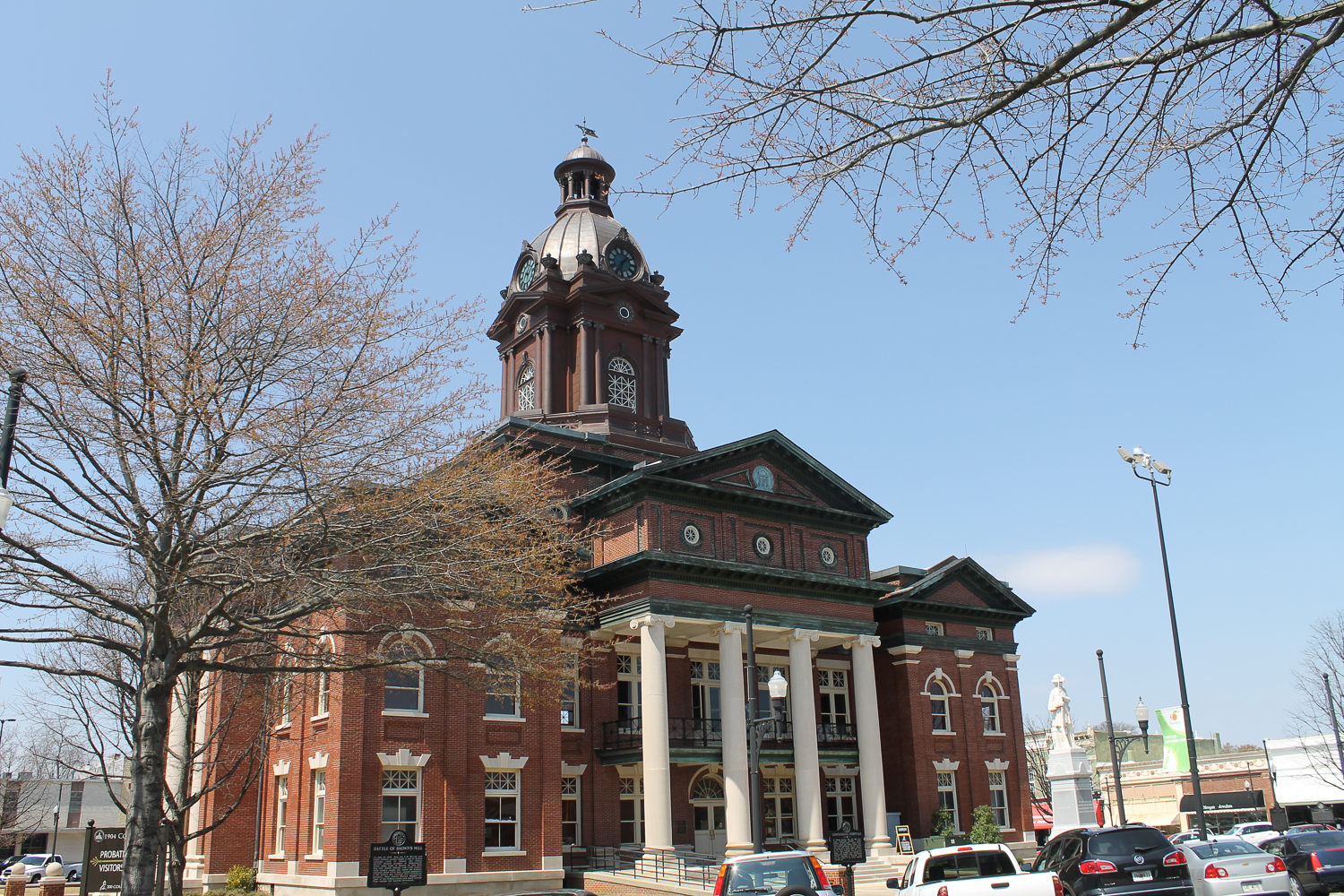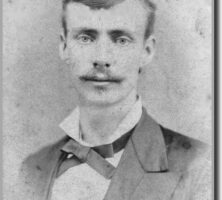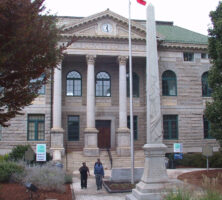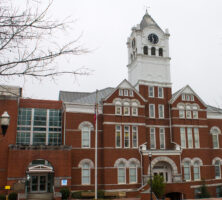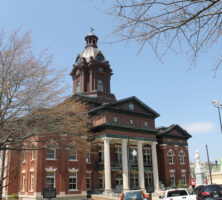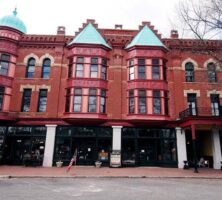J. W. Golucke was Georgia’s most prolific architect of county courthouses, building twenty-seven (two are attributed) in Georgia, as well as four in Alabama. Almost all were so substantially constructed and such noble additions to their towns that eighteen of the Georgia court buildings remain in use, and three others are still standing.
James Wingfield Golucke was born in June 1857, in either Taliaferro County or Wilkes County, to Leonora S. Wingfield and Edmund Golucke, a German cabinetmaker. In 1878 he married Amulette A. Darracott, and in 1891 he began practicing in Atlanta. A self-taught architect, Golucke practiced with G. W. Stewart from 1891 to 1900, and as J. W. Golucke and Company from 1900 to 1907.
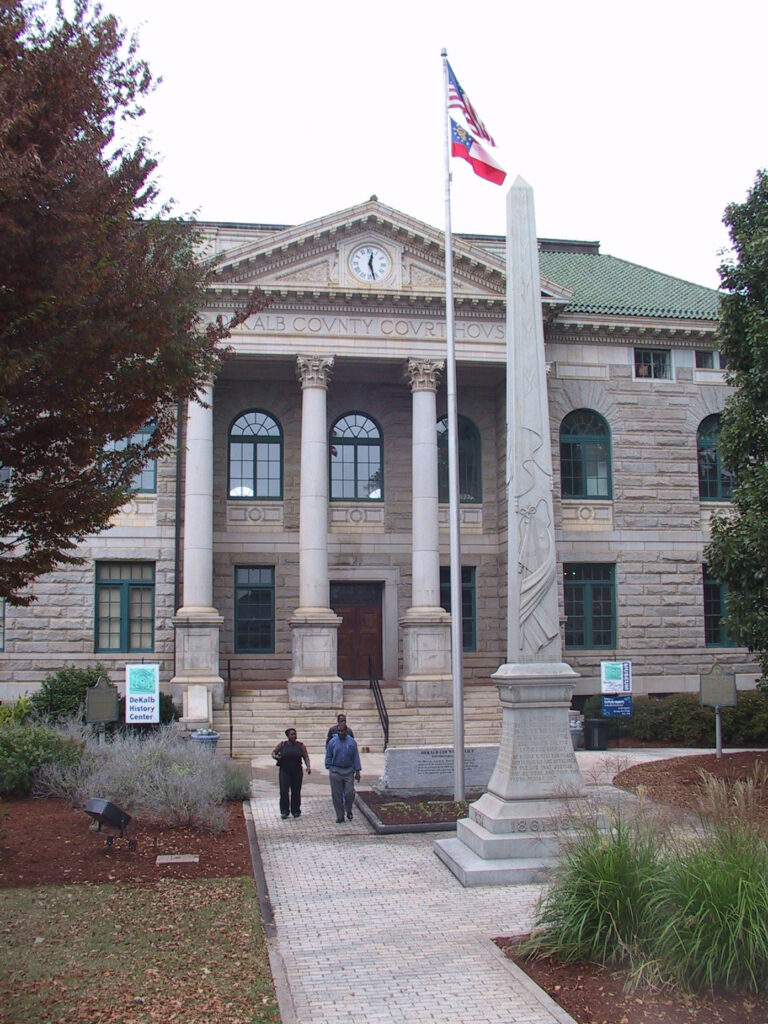
With the exception of his stone DeKalb County Courthouse in Decatur, Golucke designed his Georgia courthouses in brick, utilizing a Romanesque style for about half of them and a monumental classical style for the others. This monumentality reflects the architect’s willingness to exaggerate classical elements and to manipulate proportions, resulting in an expressive use of the classical language. Although neither is a documented source of motifs or inspiration for Golucke, British architects Nicholas Hawksmoor, of the late seventeenth and early eighteenth centuries, and Edwin Landseer Lutyens, of the late nineteenth and early twentieth centuries, are in some ways parallel masters to him, in that they too pushed and pulled at the vocabularies within which they worked.
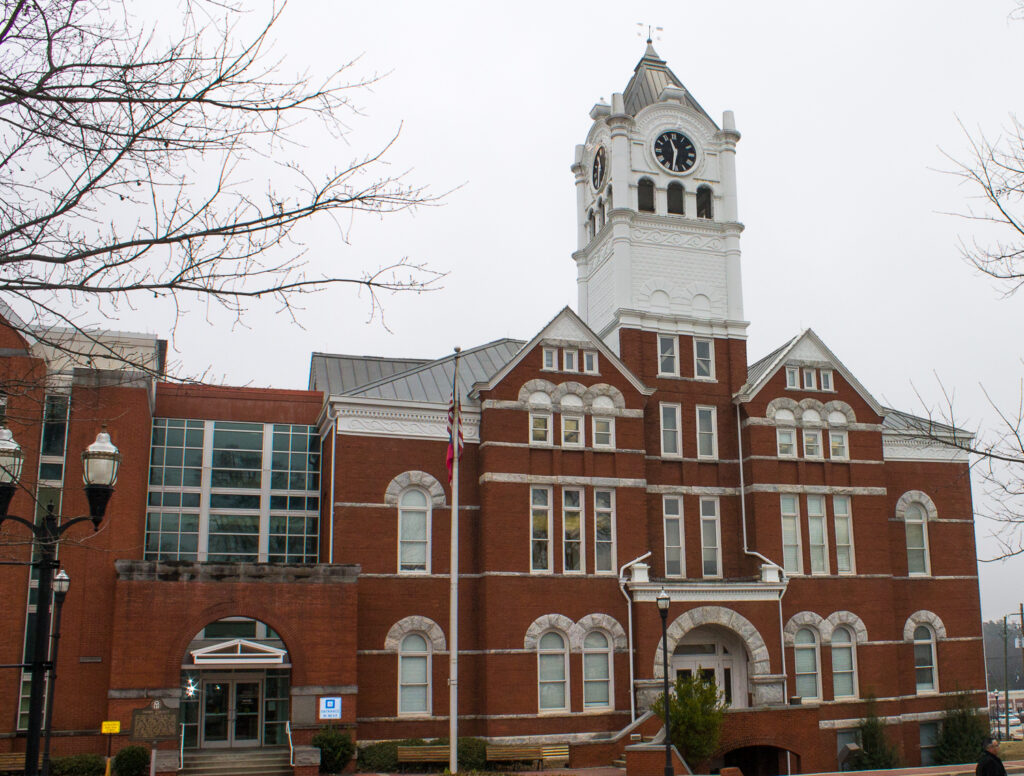
Faced with the task of creating, within a dozen years, designs for more than two dozen structures of the same building type, Golucke became a master at monumental architecture. He heightened, then broadened, domes. He articulated entablatures and ornamental trim, sculpted architectural masses, and juxtaposed profile and volumetric void in order to compose a dramatic architecture that breathes a heady vivacity. His distortions aggrandized and empowered his court buildings, which, prominently sited on central squares of small Georgia towns, became symbols of the multiple governmental roles so central to small-town daily life.
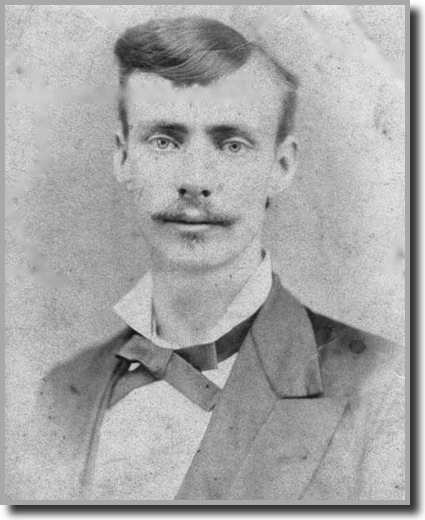
Golucke’s most ambitious courthouse was built in Newnan (Coweta County) in 1904, at a cost of $56,998; it displays a colossal pride and verticality with which portico, building mass, and clock dome virtually stand “at attention.” The Putnam County Courthouse (1905) in Eatonton is also neoclassical with noble portico, broad dome (again with clocks), and strong masonry accents juxtaposed against brick walls; elaborate lintels over second-floor windows provide noteworthy ornamental interest. Although details vary from project to project, Golucke’s manipulations of light and shadow accenting the sculpted masses of his buildings are sometimes on the edge of the baroque style, or may be considered mannerist in their noncanonical play. At the beginning of the twentieth century, Golucke brought expressions of an Edwardian sophistication and cosmopolitan “style” to the heart of rural southern communities.
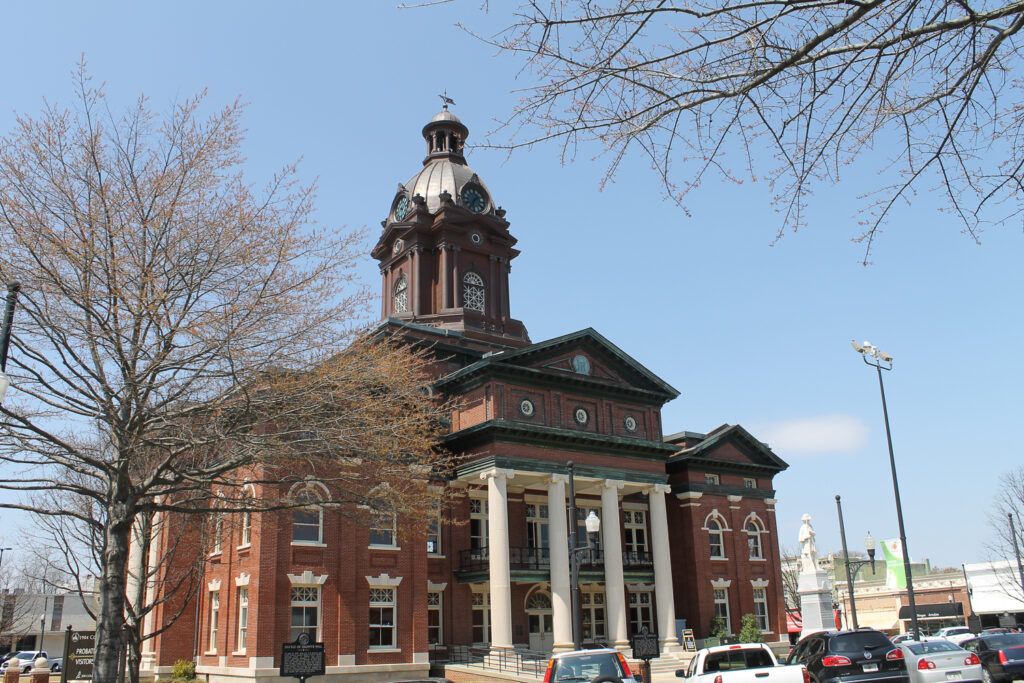
Other Golucke projects include the Romanesque courthouse of Henry County (1897) in McDonough (his earliest extant court building in the style) and the nearby Locust Grove Institute, whose academic building, adapted to government use, continues to serve the community. Golucke designed county jails for Rockdale (1897), Macon (1899), Twiggs (1902), Pickens (1906), and Whitfield counties (in Conyers, Oglethorpe, Jeffersonville, Jasper, and Dalton, respectively). He has also been credited with two churches in Cartersville, the First Baptist Church (1904-6) and the Sam Jones Memorial United Methodist Church (1906), both Romanesque revival. The recently rehabilitated Fitzpatrick Hotel (1898), facing the square in Washington (Wilkes County) is said to be by Golucke and Stewart, and the James T. Anderson Sr. House (1900-1901) in Marietta (Cobb County) is one of the few known houses designed by the architect.
Golucke died on October 26, 1907, in Newton, where he was imprisoned on charges of misappropriating funds for the construction of a courthouse in Baker County.






